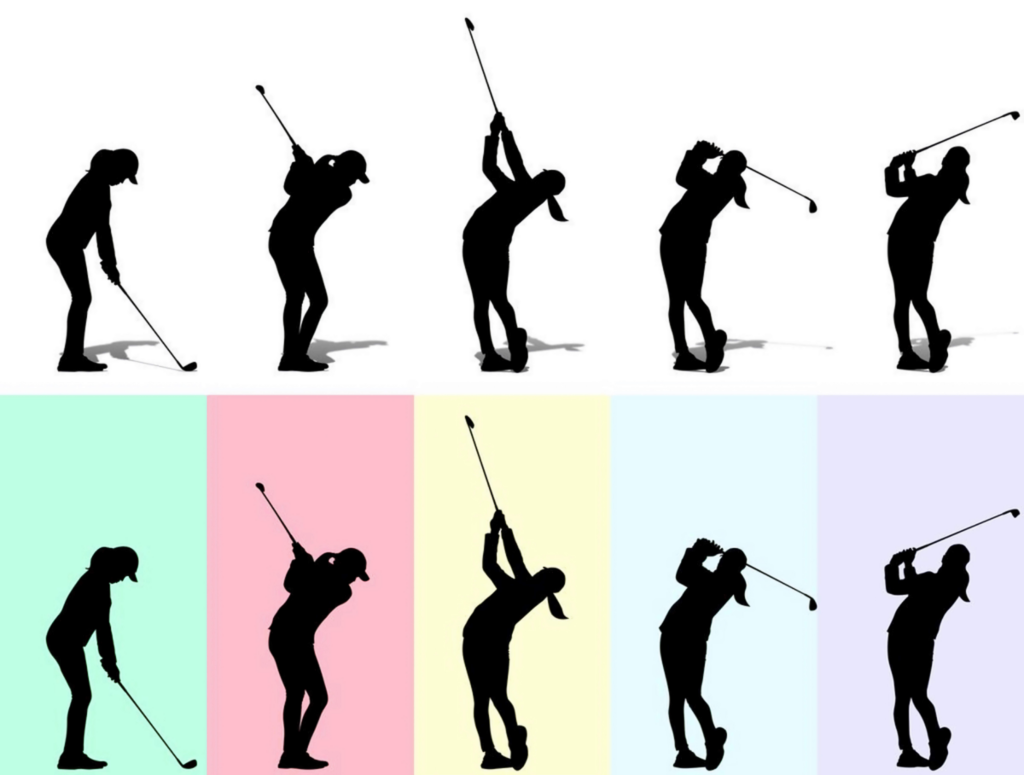Golf is a game of finesse, strategy, and endurance. It’s not just about hitting the ball; it’s about how you hit the ball, where you hit it, and what you do when the going gets tough. For high handicappers, the journey to improvement can seem daunting. However, with the right practice routine and mindset, lowering your scores and enhancing your enjoyment of the game is well within reach. This guide is designed to take you through a comprehensive practice routine tailored specifically for high handicappers, aiming to address common challenges and turn weaknesses into strengths.

Fundamentals: The Foundation of Your Game
Grip, Stance, and Posture
The journey to mastering golf begins with the fundamentals. The way you grip the club, your stance, and your posture are the foundation of every shot you take. Spend the first days of your practice routine focusing on these aspects. Experiment with different grips (interlocking, overlapping, and ten-finger) to see which feels most natural. Ensure your stance is balanced and your posture poised yet relaxed, enabling a full range of motion during your swing.
Ball Striking and Club Selection
Inconsistent ball striking and poor club selection are hallmarks of high handicaps. To combat this, dedicate time to practice with a variety of clubs, starting with half swings to focus on making solid contact. Gradually progress to full swings, using alignment sticks to ensure proper aim. Understanding the distance and flight associated with each club will significantly improve your game.
Short Game: Where Scores are Lowered
Chipping and Pitching
The short game often makes or breaks a round of golf. Work on chipping and pitching from various distances, focusing on landing the ball on specific spots to control its roll on the green. Practicing with different clubs will help you see how each affects the ball’s behavior, enabling you to make smarter choices during a round.
Putting: The Final Stroke
Putting is an art. Spend significant time practicing from different distances, focusing on speed control and maintaining a consistent stroke. Drill on short putts to build confidence; these are crucial for saving par and avoiding bogeys.

Advanced Fundamentals and Course Management
Approach Play and Hazard Management
Improving your approach play is key to setting yourself up for easier putts. Practice shots from 100, 150, and 200 yards, aiming to land on the green consistently. Additionally, learning to navigate hazards like bunkers and rough is crucial. Practice these shots to develop confidence no matter where your ball lands.
Playing Strategies
Course management can save you several strokes per round. Focus on decision-making, such as when to lay up versus when to go for the green. Understanding the impact of wind and elevation on your shots is also critical for selecting the right club and shot type.
Consistency and Mental Game
Repetition and Muscle Memory
The key to consistency in golf is repetition. Revisit the exercises from the first weeks, focusing on solidifying the muscle memory for each aspect of your game. Incorporating drills that require repetitive success, such as hitting ten consecutive solid shots, will help build consistency.
Mental Game: Pre-shot Routines and Visualization
Developing a strong mental game is as important as physical skill. Work on establishing a pre-shot routine that helps you focus and relax before each shot. Practice visualization techniques, imagining the flight of the ball and its target before you swing. This can significantly improve your focus and execution.
Competition and Pressure
Simulating pressure situations in practice will prepare you for the real thing. Whether it’s playing for a score or against a partner, focus on applying the skills you’ve practiced under pressure. Maintain your routine and focus, and learn to manage the nerves that come with competitive play.

Practice Routine for High Handicappers
| Week | Focus Area | Activities | Days |
|---|---|---|---|
| 1 | Fundamentals | Day 1 & 2 (Driving and Iron Play): Focus on grip, stance, posture. Start with half swings, move to full swings. Use alignment sticks. Practice with various clubs. Day 3 & 4 (Short Game): Practice chipping and pitching. Work on landing spots. Day 5 (Putting): Practice putting from different distances. Focus on stroke consistency and speed control. | Day 1-5 |
| 2 | Advanced Fundamentals and Course Management | Day 1 & 2 (Approach Play and Hazard Management): Practice approach shots from 100, 150, 200 yards. Work on bunker and rough shots. Day 3 & 4 (Playing Strategies): Focus on decision-making and shot selection considering wind, elevation. Day 5 (Review and Practice Match): Review key learnings, apply skills in a practice match. | Day 6-10 |
| 3 | Consistency and Mental Game | Day 1 & 2 (Repetition and Muscle Memory): Repeat previous weeks’ exercises focusing on muscle memory. Day 3 & 4 (Mental Game): Practice pre-shot routines, visualization techniques. Day 5 (Competition and Pressure): Simulate pressure situations, focus on routine and concentration under pressure. | Day 11-15 |
This table breaks down the practice routine into weekly focuses, with detailed activities for each day, aiming to provide a structured and comprehensive approach to improving your golf game as a high handicapper.

Conclusion
Mastering golf as a high handicapper requires dedication, patience, and a strategic approach to practice. By focusing on the fundamentals, short game, course management, and the mental aspects of golf, you can significantly improve your game. Remember, the journey of improvement in golf is a marathon, not a sprint. Celebrate your progress, learn from your mistakes, and continue to enjoy the challenge that golf presents. With time and practice, the skills you develop will lead to lower scores and more enjoyable rounds.
Leave a Reply